Presidential Symposium
During the Presidential Symposium, the Named Lectures and Brain Prize Lecture are held.
The European Academy of Neurology has installed three series of named lectures. They are named after three outstanding European neurologists and are reserved for outstanding active basic and clinical scientists.
The awardees are selected by the EAN. Self-applications are not possible. Potential speakers are nominated by the members of the board, all committee members and the chairs of the scientific panels. The Board and the Programme Committee will select the award winners out of these nominees.
It is the highest scientific honor of our society. These lectures will be presented at the annual congress during the presidential session or as free-standing plenary lectures. They will not necessarily be presented every year but in an irregular sequence which will be decided customized by the board and the Programme Committee.
The Brain Prize is the world's largest brain research prize. One of its awardees holds the Brain Prize Lecture at the 6th EAN congress.
The Moritz Romberg Lecture: Prof. Giorgio Cruccu
Pain and neurologists: never too late
Dr Cruccu obtained his degree in Medicine and Surgery at the University of Genoa, Italy, in July 1975 and specialized in Neurology at the Sapienza University of Rome in July 1979.
Former Head of the Department of Neurology and Psychiatry (2012-2018), he currently holds the following positions at the Sapienza University of Rome:
- Full Professor of Neurology at the Department of Human Neuroscience
- Chairman of the Neurology teaching course for the degree in Medicine
- Chief of the Clinical Neurophysiology Division and associated Neuropathic Pain Centre
Dr Cruccu’s special research interests include the neurophysiology of pain and the human trigeminal system. As an 18 year old student he entered the neurophysiology laboratory to work on the rabbit limbic system at the Institute of Physiology at Genoa University. After graduation he attended the neurophysiology laboratory working on the cat peripheral nerve and spinal cord at the Neurological Institute of Sapienza University of Rome. Winner of a NATO senior fellowship in 1984-85 he attended the Pain Relief Foundation in Liverpool, undertaking intraoperative intracranial recordings in patients with trigeminal neuralgia. In recent years he has predominantly dedicated to nociceptive reflexes and cortical evoked potentials after laser stimuli in patients with trigeminal neuralgia, postherpetic neuralgia, and diabetic neuropathy. His latest efforts focused on gathering European scientists to produce European guidelines on neuropathic pain.
Dr Cruccu has written several book chapters and more than 300 articles in ISI-ranked international journals, which have received more than 14,000 citations for an H index of 57 (Scopus).
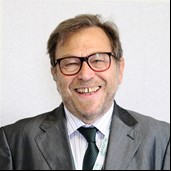
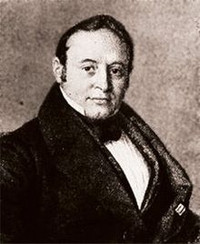
EAN Clinical Award
The M. Romberg lecture is to recognize and honor an outstanding, influential and exemplary clinician in Neurology. The selected lecturer must show evidence of exceptional contributions to Neurology which have resulted in better understanding of the etiology, diagnosis or treatment of neurological diseases and should have meaningfully added to clinical practice in Neurology. The selected lecturer must also demonstrate evidence for consistent dedication to teaching and mentoring in Neurology.
Moritz Heinrich Romberg (1795-1873) was a German-Jewish physician from Berlin. He revolutionized European neurology by publishing his ‘Lehrbuch der Nervenkrankheiten des Menschen’ (Textbook of the Diseases of the Nervous System): the first systematic textbook in neurology between 1840 and 1846. He is engraved in the neurological examination with the Romberg-sign.
The Charles-Édouard Brown-Séquard Lecture: Prof. Steven Laureys
Coma & chronic disorders of consciousness: in need of better neurological understanding & care

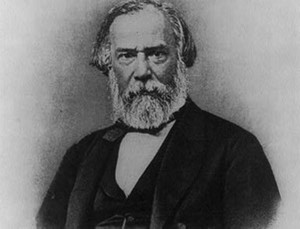
EAN Award for systems neuroscience, functional neurology and functional imaging
The C. Brown-Séquard lecture is to recognize and honor an outstanding and commendable basic or clinical Neuroscientist. The selected lecturer should have made major contributions in the fields of systems neuroscience, e.g. functional imaging, neurophysiology or computational neuroscience leading to major progress of neurological sciences and having resulted in better understanding of the cause, diagnosis or even therapy of neurologic diseases. The selected lecturer must also demonstrate evidence for consistent dedication to teaching and mentoring in Neurology.
Charles-Edouard Brown-Séquard (1817-1894) was a French-British physiologist and neurologist from Mauritius living mainly in Paris. He was particularly interested in spinal cord physiology and first described and explained the clinical hemisection syndrome of the spinal cord.
The Brain Prize Lecture: Prof. Hugues Chabriat
CADASIL: yesterday and today
Hugues Chabriat, MD PhD, born march 24, 1963 in Reunion Island (France) was trained at University of Marseille and later at Paris Sorbonne Medical Faculty. He graduated as a neurologist at University Cochin-Port Royal in 1993. He became Professor of Neurology at University of Paris – Denis Diderot – in 2002 and the head of the Neurology Department at Lariboisière Hospital (Assistance Publique des Hôpitaux de Paris) in 2009. He heads the national referral center for rare vascular diseases of the brain and retina since 2005 (CERVCO) and was Vice-Chair of the French Neurovascular Society (SFNV) until 2017.
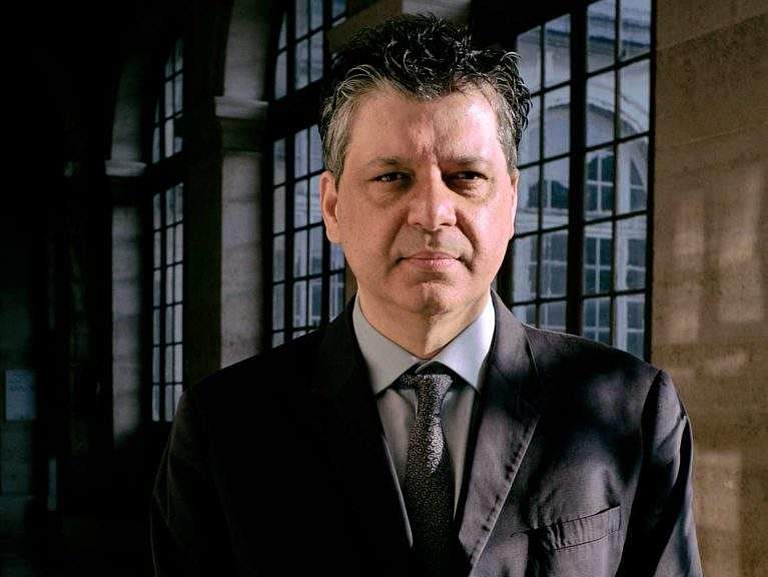
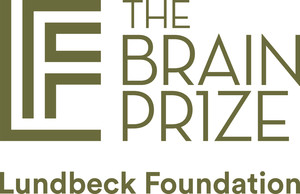
The world’s largest brain research prize is Danish and was established by the Lundbeck Foundation in 2010. Each year, The Brain Prize is awarded to one or more brain researchers who have had a ground-breaking impact on brain research. From 2020 the monetary value is increased to DKK 10 million.